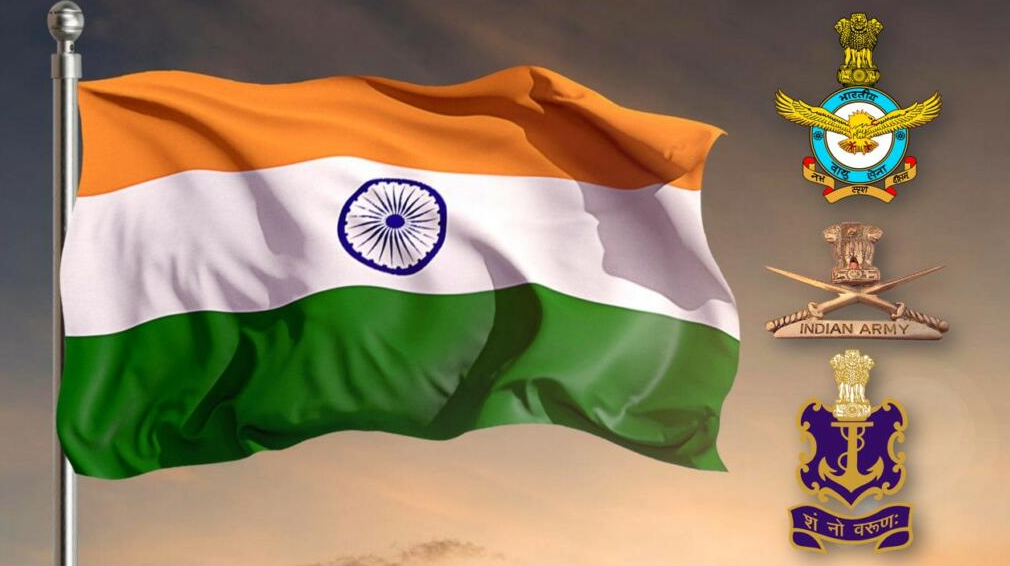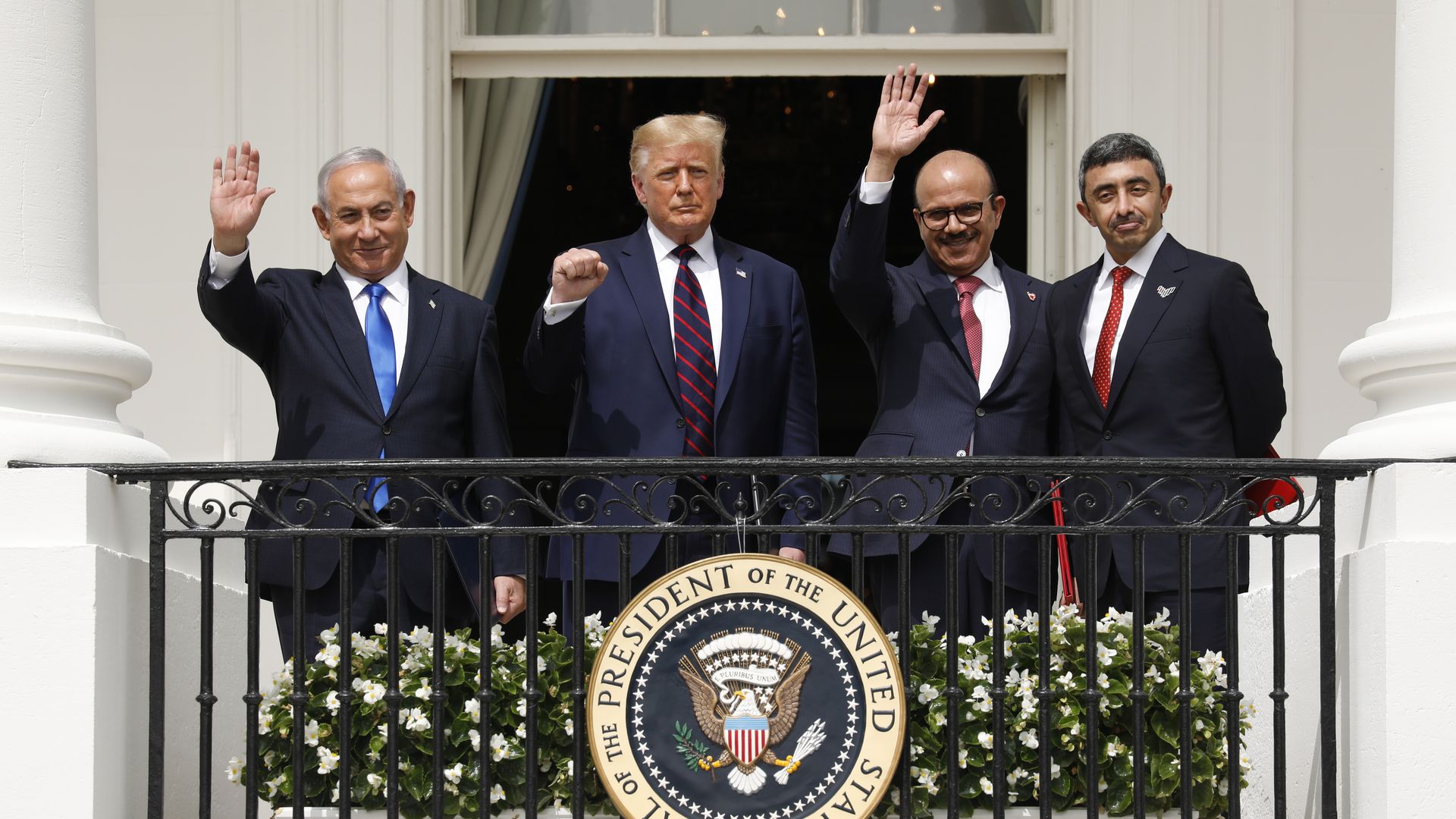In response to Pakistan’s attempted coordinated assault the previous night on 14 Indian military installations using a barrage of drones and missiles, the Indian Armed Forces launched precision strikes early Thursday on multiple high-value military targets deep within Pakistani territory.
Among the key targets were advanced Chinese-origin HQ-9 air defence systems positioned near Lahore and Multan, according to senior defence officials familiar with the operation. This marks a strategic shift from India’s traditional counter-terror posturing to a direct military-on-military confrontation—an inflection point between the two nuclear-armed neighbours.
The retaliatory action came Targeted locations included major military hubs in Jammu & Kashmir, Punjab, and Rajasthan, with cities like Srinagar, Chandigarh, and Bhuj in the crosshairs. India’s integrated air defence command swiftly neutralised the incoming threats, with dozens of drones and missiles intercepted mid-air. Defence sources confirmed that debris is being recovered and analysed for forensic and intelligence assessment.
In the aerial engagement, one Pakistani fighter aircraft is believed to have been shot down by Indian defences.
India’s counter-offensive reportedly employed Harop loitering munitions – autonomous “suicide drones” – to strike forward-deployed Pakistani air defence positions. Significant damage was inflicted on Pakistan’s air defence architecture, including HQ-9 surface-to-air missile systems supplied by China, which were allegedly used in the offensive targeting of Indian assets.
The Indian air defence shield, comprising indigenous systems, Russian-built S-400s, and Israeli-origin platforms, proved decisive in safeguarding critical military infrastructure across northern and western sectors.
Defence Minister Rajnath Singh lauded the military’s rapid response, stating:
“The operations underscore the preparedness and precision of our armed forces, and their resolve to defend national sovereignty using state-of-the-art combat systems.”
He further confirmed that a high-value Pakistani airborne early warning and control (AEW&C) system had sustained substantial damage during the strikes.

Indian Navy Opens Western Front; Karachi Port Targeted for First Time Since 1971
In a strategically significant manoeuvre, the Indian Navy opened a western maritime front by launching targeted strikes on Pakistani naval assets near Karachi Port—an operation of this scale not seen since the 1971 Indo-Pak conflict. Explosions were reported late Thursday near Karachi’s southern dockyard and adjacent military infrastructure. According to naval sources, missile systems deployed by the Western Naval Command from Mumbai were used in the strike package.
The operation is reminiscent of 1971’s Operations Trident and Python, and signals India’s willingness to escalate on both land and sea. Widespread disruption across Karachi’s port zones has been reported, with signs of damage to key logistical and military assets.
India’s Western Fleet is on full operational alert in the Arabian Sea, with expanded deployments and sustained surveillance of maritime movements indicating readiness for further escalation.
Heavy Shelling Along LoC as Pakistan Opens Fire Across Multiple Sectors
On the land front, Pakistani forces initiated intensified artillery and mortar shelling along the Line of Control (LoC), targeting multiple sectors including Kupwara, Baramulla, Uri, Poonch, Mendhar, and Rajouri. Indian units responded with calibrated but forceful retaliatory fire. Exchange of heavy weaponry continued through Thursday evening.
The escalation follows Pakistan’s previous night’s attempt to overwhelm Indian defences across Awantipora, Srinagar, Jammu, Pathankot, Amritsar, Kapurthala, Ludhiana, Adampur, Bhatinda, Chandigarh, Nal, Phalodi, Uttarlai, and Bhuj – utilising drone swarms and tactical missile strikes. India’s layered air defence system neutralised most incoming threats, significantly mitigating potential damage.
Maritime Tensions Rise: Overlapping Naval Exercises in Arabian Sea Raise Risk of Confrontation
In a further sign of deteriorating stability, both nations have issued Notices to Mariners (NOTAMs) for overlapping live naval firing exercises in the Arabian Sea. India’s drills will run from May 8–13, while Pakistan’s are slated for May 9–12. With naval assets deployed in close proximity and under heightened alert, the risk of unintended engagements or maritime incidents is considerable.
Despite the clear military escalation, New Delhi reiterated its commitment to non-escalation, stating that the strikes were “calibrated, proportionate, and limited in scope” in response to provocation from Islamabad. Indian officials added that further action would depend entirely on Pakistan’s conduct in the coming hours and days.

Why Trump’s Silence on the India-Pakistan Flashpoint Speaks Volumes
As India and Pakistan exchange military fire across land, sea, and air with precision strikes, naval bombardments, and drone swarms reshaping the strategic arena — one voice that traditionally would have boomed across diplomatic channels has fallen to a mere whisper – that of the United States. More specifically, of President Donald Trump.
Historically, Indo-Pakistani hostilities have drawn urgent and visible American intervention, often behind closed doors, but always with unmistakable force. Not this time. With nuclear-armed states engaging in direct military conflict, and the possibility of escalation rising by the hour, Trump’s response has been alarmingly hollow – a few hollow platitudes and vague overtures that carry neither weight nor will.
His initial reaction, describing the conflict as “a shame” and vaguely hoping “it ends quickly” — fell far short of the moment’s gravity. A follow-up comment, offering help “if I can do anything,” was not a policy position but a shrug disguised as diplomacy. The White House has not announced any formal intervention plan, nor has it activated the full weight of American diplomacy.
There is no shuttle diplomacy, no high-level envoy dispatched, no Security Council initiative, no pressure campaign. Washington is watching – passively.
Behind the silence lies a larger strategic vacuum. The Trump administration has long signaled its disdain for complex foreign entanglements that don’t yield immediate transactional benefit. South Asia’s dense layers of history, nationalism, and military calculus offer no quick-win optics or lucrative deal-making opportunities. And so, a conflict that could convulse global markets and destabilize a volatile nuclear triangle unfolds without the U.S. at the table.
Secretary of State Marco Rubio is reportedly conducting quiet backchannel diplomacy but without a broader framework, such gestures are little more than diplomatic footnotes. There is no serious de-escalation architecture in motion. And in its absence, the world is left with a gaping leadership void at a time when steady hands are in short supply.
The Trump doctrine, to the extent one exists, trades patient statecraft for coercive leverage – often directed at weaker nations and bound to transactional goals. Whether it was the attempt to mine rare earths from Ukraine or the unsettling propositions floated in the Gaza crisis, American diplomacy under Trump has been opportunistic, not stabilizing.
In the case of Kashmir, there’s no profit to be made – no resources, no trade windfall, no political optics to exploit. Just the dull, necessary work of diplomacy. Trump is not interested.
The contrast with past American presidencies is stark. Bill Clinton intervened directly during the Kargil crisis, compelling then-Pakistani Prime Minister Nawaz Sharif to pull back from a near-nuclear edge. Even in 2019, after the Pulwama attack and the subsequent Balakot airstrikes, Secretary of State Mike Pompeo played an active role in defusing tensions. “The world [didn’t] properly know just how close the India-Pakistan rivalry came to spilling over into a nuclear conflagration,” Pompeo later admitted.
Now, with India targeting Pakistani military assets deep within its territory, and Pakistan vowing retaliation, the dangers are far from theoretical. Precision strikes have given way to cross-border bombardments, naval deployments, and airspace violations. Any miscalculation, any rogue commander, could tip the balance.
Yet, Trump appears unwilling or unable to assert the traditional role of the United States as crisis manager-in-chief. This is not isolationism rooted in caution; it is abdication masked as restraint. Experts like Tim Willasey-Wilsey of the Royal United Services Institute warn that the White House’s lack of engagement reflects more than just fatigue. “We now have a president in the White House who says he doesn’t want to be the policeman of the world,” he notes grimly, adding that Trump’s overt affinity for Modi and hostility toward Pakistan’s leadership further erodes any perception of American neutrality.

A Tilted Balance of Power: U.S. Realignment and Waning Leverage
Historically, the United States played a critical role in de-escalating tensions between New Delhi and Islamabad. From the Kargil War in 1999 to the 2008 Mumbai attacks, Washington served as a somewhat impartial actor with enough leverage over both nuclear-armed neighbors to coax restraint. However, that equation has dramatically changed.
Today, India is not just a regional player; it is central to the U.S. Indo-Pacific strategy aimed at counterbalancing China’s assertiveness. This deepening U.S.-India relationship – encompassing defense cooperation, technological transfers, and intelligence sharing has created a diplomatic asymmetry. Washington is now visibly more reticent to criticize or pressure New Delhi publicly, even when crises demand impartial engagement.
On the flip side, Pakistan’s strategic utility to the United States has eroded. With the U.S. exit from Afghanistan, Islamabad’s traditional role as a conduit to the Taliban and a frontline state in the War on Terror has faded. Simultaneously, Pakistan’s growing reliance on China – manifest in the China-Pakistan Economic Corridor (CPEC) and expanding military ties—has placed it squarely in Beijing’s orbit, further reducing American influence.
As Milan Vaishnav of the Carnegie Endowment rightly observed, the U.S. today is more invested in its strategic and economic partnership with India than in playing the old role of a neutral arbiter. The Biden administration, like its predecessor, is likely to choose carefully worded statements over assertive diplomacy, particularly in an election year with domestic preoccupations mounting.

A Global Military Laboratory, A Case Study China’s J-10 and India’s Rafale Fighters
Meanwhile, beyond the geopolitical maneuvering, the military dimension of the current crisis is drawing sharp attention from global defense establishments. The aerial dogfight between Pakistan’s Chinese-made J-10s and India’s French Rafale fighters marks a rare, real-world opportunity for rival defense blocs to assess the effectiveness of advanced weaponry and tactics under live combat conditions.
Though confirmation of exact weapons used remains murky, military analysts globally are scrambling to extract operational insights. This confrontation represents the first instance where China’s most advanced missile might have been used in combat against the West’s premier air-to-air weapon, something defense planners in Washington, Paris, and Beijing are keenly dissecting.
Douglas Barrie of the International Institute for Strategic Studies called it a rare “ground truth” opportunity. “You have arguably China’s most capable weapon against the West’s most capable weapon,” he noted, although the fog of war continues to obscure definitive conclusions. The live combat data – on missile evasion, electronic countermeasures, and pilot training – will shape the next generation of fighter aircraft and air-to-air strategies across continents.
For the U.S., the performance of the PL-15 reinforces the urgency behind developing its next-gen AIM-260 Joint Advanced Tactical Missile. Similarly, European defense firms are revisiting plans to upgrade the Meteor’s propulsion and targeting systems. This live testing ground, inadvertently provided by South Asia’s long-standing conflict, has implications far beyond the subcontinent, it is effectively a live simulation for potential future conflicts in Taiwan or the South China Sea.


































